Turning a modest ₹1 lakh into a staggering ₹1 crore. It’s a dream that captures the imagination of every investor, from beginners to seasoned wealth-builders. While it sounds ambitious, with the right strategies, a long-term perspective, and a willingness to take calculated risks, this financial milestone is within reach. In this comprehensive guide, we’ll explore four powerful ways to potentially transform ₹1 lakh into ₹1 crore. Each method offers unique opportunities, but they also come with their own risks and rewards. Whether you’re drawn to the stock market, real estate, entrepreneurship, or alternative investments, to start your journey.
1. Aggressive Stock Market Investing
The stock market is a proven avenue for wealth creation, offering the potential for significant returns over time. Aggressive stock market investing takes this a step further by focusing on high-growth opportunities that could multiply your initial ₹1 lakh many times over.
What is Aggressive Stock Market Investing?
Aggressive stock market investing involves taking calculated risks by investing in stocks with high growth potential. Think small-cap or mid-cap companies—smaller firms in their growth phase that can deliver outsized returns. Unlike large-cap stocks, which are more stable but offer modest growth, these stocks are volatile yet rewarding for patient investors.
How Does It Work?
To begin, you’ll need a demat and trading account with a broker. Research is key—identify companies or sectors poised for growth, such as technology, renewable energy, or healthcare. You can invest directly in individual stocks or opt for mutual funds and exchange-traded funds (ETFs) that target high-growth areas. Diversification is crucial to mitigate risk, so spread your ₹1 lakh across a few promising options.
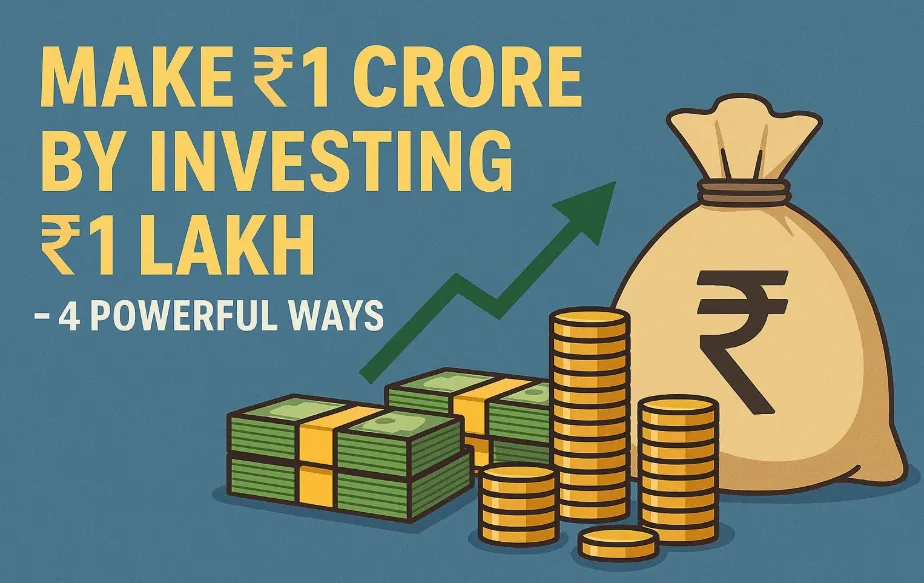
Potential Returns
Historically, the Indian stock market (e.g., the Sensex) has delivered average annual returns of 12-15% over the long term. Aggressive investing, however, aims higher—say 20-30% annually—by targeting high-growth stocks. Let’s crunch some numbers:
- 10 years at 25% annual return:
- ₹1,00,000 × (1 + 0.25)¹⁰ ≈ ₹9,31,370
- 20 years at 25% annual return:
- ₹1,00,000 × (1 + 0.25)²⁰ ≈ ₹86,73,600
- 25 years at 25% annual return:
- ₹1,00,000 × (1 + 0.25)²⁵ ≈ ₹2,64,69,700
With a consistent 25% return, you’d surpass ₹1 crore in about 22-23 years. However, achieving such high returns consistently is rare and requires skill and market timing.
Risks Involved
High returns come with high risks. Stock prices can plummet due to market volatility, economic downturns, or company-specific issues. Without proper research, you could lose your capital. A long-term mindset and emotional discipline are essential to weather the ups and downs.
Real-World Inspiration
Take the example of Indian IT giant Infosys. Early investors who bought shares in the 1990s saw returns exceeding 100x over decades as the company grew into a market leader. While such success stories are rare, they highlight the potential of aggressive stock investing.
Quote
As Warren Buffett wisely said, “The stock market is a device for transferring money from the impatient to the patient.” Patience is your greatest asset here.
Table: Potential Growth of ₹1 Lakh in the Stock Market
| Time Frame | Annual Return | Final Amount |
|---|---|---|
| 10 Years | 15% | ₹4,04,556 |
| 10 Years | 25% | ₹9,31,370 |
| 20 Years | 15% | ₹16,36,649 |
| 20 Years | 25% | ₹86,73,600 |
| 30 Years | 15% | ₹66,21,177 |
| 30 Years | 25% | ₹8,07,79,400 |
Tips for Success
- Diversify: Spread your investment across multiple stocks or sectors.
- Research: Focus on industries with strong growth potential.
- Stay Calm: Avoid panic-selling during market dips.
- Learn: Keep up with market trends and company earnings.
- Seek Guidance: Use financial advisors or robo-advisors for expert insights.
Aggressive stock market investing could be your ticket to ₹1 crore if you’re willing to embrace the risks and commit for the long haul.
2. Real Estate Investment
Real estate is a time-tested wealth-building avenue in India, known for its ability to appreciate and generate steady income. While ₹1 lakh may not buy you a house outright, modern investment options make it possible to enter this lucrative market.
What is Real Estate Investment?
Real estate investment involves putting money into property—either to earn rental income or profit from price appreciation. Traditionally, it required significant capital, but today, you can start small through innovative platforms.
How Does It Work?
With ₹1 lakh, consider these options:
- Real Estate Investment Trusts (REITs): Buy shares in companies that own income-generating properties, traded like stocks.
- Fractional Ownership: Pool funds with others to co-own a property, sharing rental income and appreciation.
- Crowdfunding Platforms: Invest in real estate projects online, often starting with small amounts.
Potential Returns
In India, prime real estate has historically appreciated at 10-15% annually, though this varies by location. REITs typically offer 8-12% returns, combining dividends and capital gains. For example:
- ₹1 lakh at 12% annual return over 20 years:
- ₹1,00,000 × (1 + 0.12)²⁰ ≈ ₹9,64,629
- ₹1 lakh at 12% over 30 years:
- ₹1,00,000 × (1 + 0.12)³⁰ ≈ ₹29,95,992
To hit ₹1 crore, you’d need higher returns (e.g., 20%+ annually) or a longer time frame—or leverage additional capital.
Risks Involved
Real estate can be illiquid, meaning it’s hard to sell quickly. Market downturns can erode property values, and managing rentals involves costs like maintenance and taxes. Fractional investments may also carry platform-specific risks.
Real-World Example
Consider cities like Bengaluru or Pune, where property values have soared over decades. A small investment in a growing area or REIT could mirror such gains, albeit on a smaller scale with ₹1 lakh.
Quote
Robert Kiyosaki, author of Rich Dad Poor Dad, noted, “Real estate investing, even on a very small scale, remains a tried and true means of building an individual’s cash flow and wealth.”

Table: Real Estate Investment Options
| Option | Minimum Investment | Potential Returns | Liquidity | Risk Level |
|---|---|---|---|---|
| Direct Property | High (Lakhs) | High | Low | Medium |
| REITs | Low (Thousands) | Medium | High | Low-Medium |
| Fractional Ownership | Medium (Lakhs) | Medium-High | Medium | Medium |
| Crowdfunding | Low (Thousands) | Medium-High | Low-Medium | High |
Tips for Success
- Location Matters: Invest in emerging or high-demand areas.
- Budget Wisely: Account for hidden costs like taxes and upkeep.
- Diversify: Mix REITs and fractional ownership for balance.
- Patience Pays: Real estate often appreciates slowly but steadily.
- Explore Platforms: Use trusted sites for smaller investments.
Real estate offers a tangible path to wealth, making it a compelling choice for growing your ₹1 lakh.
3. Entrepreneurship: Starting a Business
Entrepreneurship is the ultimate high-risk, high-reward strategy. With ₹1 lakh as seed capital, you could launch a business that scales into a crore-rupee enterprise with dedication and ingenuity.
What is Entrepreneurship?
Entrepreneurship is about spotting opportunities, creating value, and building a business from scratch. It’s less about passive investing and more about active wealth creation through innovation and effort.
How Does It Work?
With ₹1 lakh, you can start small:
- Online Business: Launch an e-commerce store or dropshipping venture.
- Service-Based: Offer freelancing skills (writing, design, coding).
- Local Venture: Start a food stall, tutoring service, or retail shop.
The goal is to validate your idea, generate revenue, and reinvest profits to scale.
Potential Returns
Unlike fixed-return investments, a business’s potential is limitless. Many Indian startups—like Zomato or Flipkart—began modestly and grew into billion-rupee companies. If your business doubles in value annually:
- Year 1: ₹1 lakh
- Year 5: ₹32 lakhs
- Year 10: ₹10.24 crores
Realistically, 30-50% annual growth is more achievable, taking 15-20 years to reach ₹1 crore with consistent scaling.
Risks Involved
Most businesses fail within a few years due to competition, poor planning, or lack of demand. You could lose your ₹1 lakh—and more—if the venture flops. Success demands resilience and adaptability.
Success Story
Consider Dhirubhai Ambani, who started with minimal capital and built Reliance Industries into a conglomerate worth crores. Your scale may differ, but the principle of starting small and dreaming big applies.
Quote
Jeff Bezos, Amazon’s founder, said, “If you double down on your efforts, you can achieve exponential growth.”
Steps to Start a Business
- Ideate: Find a low-cost, high-demand business idea.
- Research: Test the market with surveys or a pilot.
- Plan: Outline costs, revenue, and growth strategies.
- Launch: Invest ₹1 lakh in essentials (e.g., website, inventory).
- Market: Use social media and word-of-mouth to attract customers.
- Scale: Reinvest profits to expand operations.
Tips for Success
- Solve a Problem: Offer something people need.
- Keep Costs Low: Avoid unnecessary expenses early on.
- Leverage Tech: Use digital tools for efficiency.
- Network: Connect with mentors and peers.
- Adapt: Pivot if your initial plan falters.
Entrepreneurship could turn your ₹1 lakh into ₹1 crore by harnessing your creativity and drive.
4. Alternative Investments
Alternative investments offer unconventional paths to high returns, perfect for diversifying your approach to reaching ₹1 crore.
What are Alternative Investments?
These are assets beyond stocks, bonds, and real estate, including:
- Venture Capital: Funding startups with high growth potential.
- Peer-to-Peer (P2P) Lending: Earning interest by lending online.
- Cryptocurrency: Trading digital currencies like Bitcoin.
- Commodities: Investing in gold, silver, or other goods.
How Does It Work?
With ₹1 lakh, you can dip into:
- P2P Platforms: Lend to borrowers for 12-18% returns.
- Crypto Exchanges: Buy and hold promising coins.
- Gold ETFs: Invest in gold without physical ownership.
Potential Returns
Returns vary widely. Cryptocurrencies have delivered 100%+ annual gains in bullish years (e.g., Bitcoin’s rise from ₹5 lakh to ₹50 lakh in 2020-2021). P2P lending offers 12-18%, while gold averages 8-10%. Example:
- Crypto at 50% annual return for 10 years:
- ₹1,00,000 × (1 + 0.50)¹⁰ ≈ ₹57,66,562
Risks Involved
These assets are volatile and less regulated. Crypto prices can crash overnight, P2P loans may default, and commodities fluctuate with global markets. Total loss is a real possibility.
Case Study
Early Bitcoin investors in India who bought at ₹500 in 2013 saw their investment soar to lakhs by 2021—a 1000x return. Such windfalls are rare, but they showcase the upside.
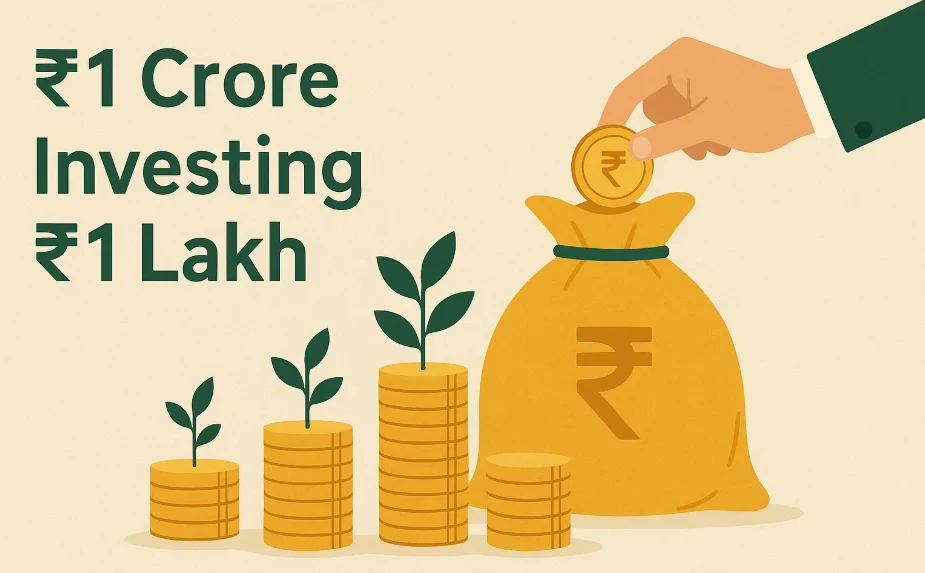
Quote
Mark Cuban quipped, “Diversification is for idiots. Put all your eggs in one basket and watch it carefully.” While risky, this mindset suits alternative investments.
Tips for Success
- Research Deeply: Understand each asset’s dynamics.
- Start Small: Test waters with a fraction of your ₹1 lakh.
- Monitor Trends: Stay updated on market shifts.
- Diversify: Mix a few alternative options.
- Risk Tolerance: Only invest what you can afford to lose.
Alternative investments could accelerate your journey to ₹1 crore if you navigate their volatility wisely.
Conclusion
Turning ₹1 lakh into ₹1 crore is a bold ambition, but these four powerful ways—aggressive stock market investing, real estate, entrepreneurship, and alternative investments—offer viable paths. Each requires a blend of strategy, patience, and risk management. Whether you chase stock market gains, build a business empire, or explore crypto’s wild ride, success hinges on informed decisions and persistence. Start small, learn continuously, and take the first step toward your crore-rupee dream today!
FAQs
1. Can I really turn ₹1 lakh into ₹1 crore?
Yes, it’s possible with high returns and time, but it’s not guaranteed. Each method requires careful execution and risk awareness.
2. Which method is the safest?
Real estate via REITs is relatively safer due to lower volatility, but no investment is risk-free.
3. How long will it take?
It depends on returns—10-20 years with aggressive strategies, or 30+ years with moderate ones.
4. Should I put all my money in one option?
No, diversification reduces risk. Spread your ₹1 lakh across multiple avenues.
5. Can I start with less than ₹1 lakh?
Absolutely! Many options allow smaller entry points, though growth to ₹1 crore will take longer.





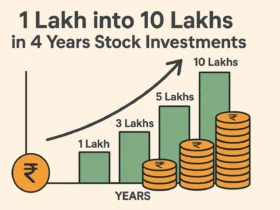


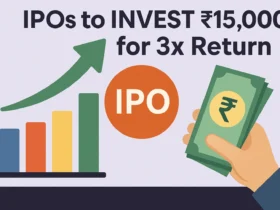










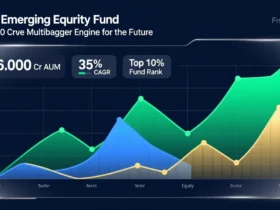
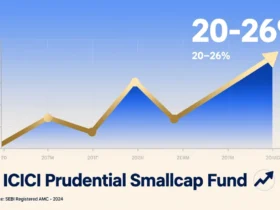



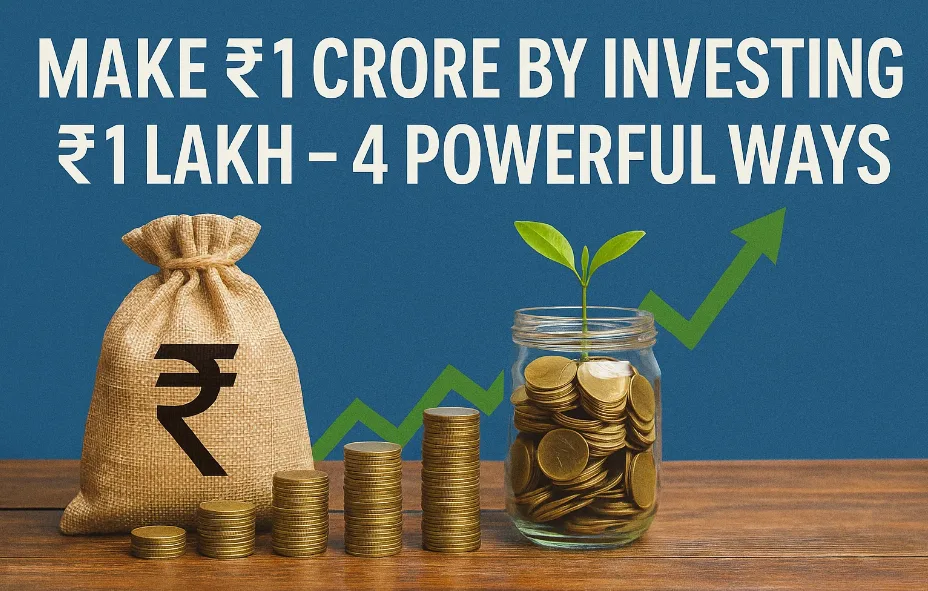






Leave a Reply